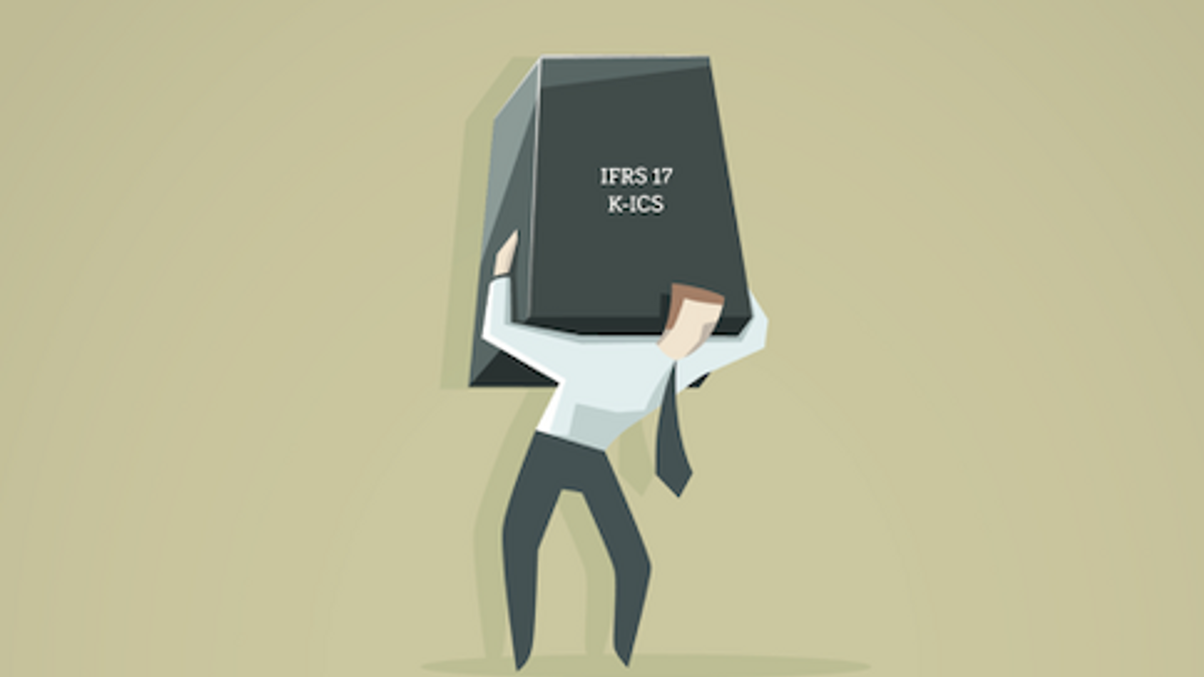Korea’s life insurers to bear the weight of new rules
Life insurers in Korea are having to weigh how best to prepare for incoming new capital rules and accounting standards that could affect their asset portfolios.

This article was adapted from a feature on Korean life insurers that originally appeared in the Spring 2020 edition of AsianInvestor.
Sign in to read on!
Registered users get 2 free articles in 30 days.
Subscribers have full unlimited access to AsianInvestor
Not signed up? New users get 2 free articles per month, plus a 7-day unlimited free trial.
¬ Haymarket Media Limited. All rights reserved.


